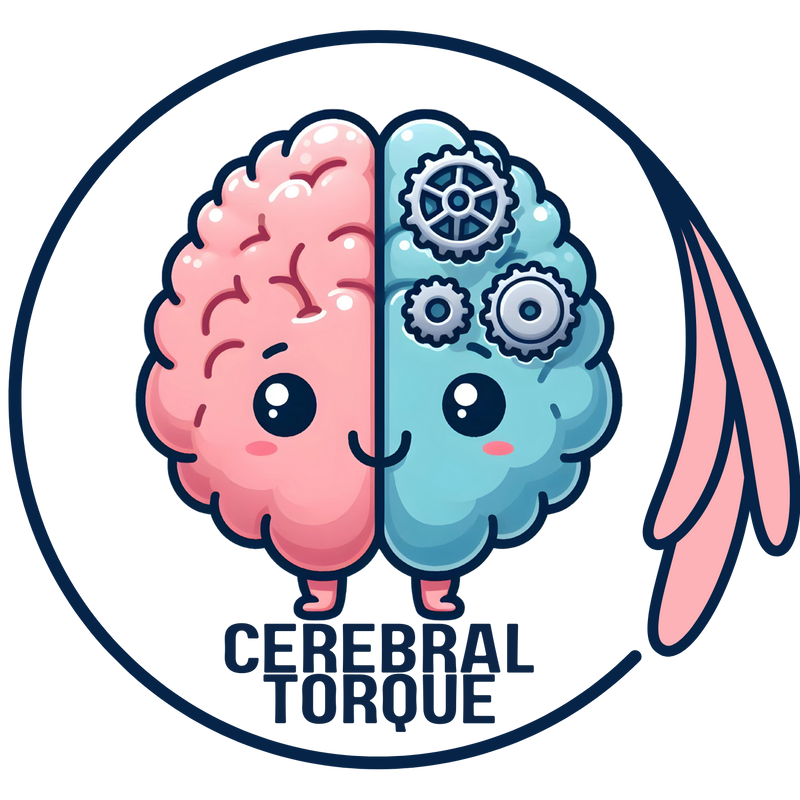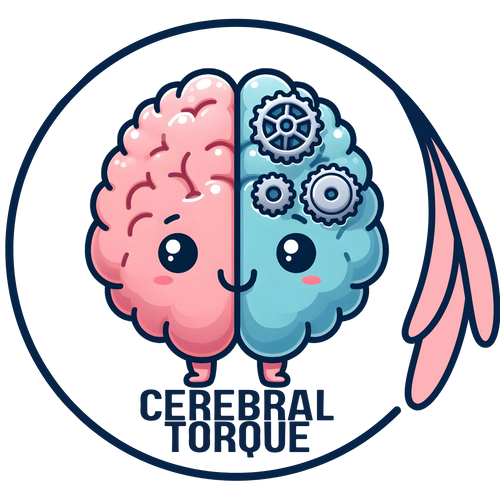When should I start migraine prevention therapy?
Posted on May 05 2023,

The below isn't medical advice, but educational knowledge to use as a resource with your neurologist.
Why is this important?
Before we get into WHEN migraineurs should start preventive therapy, we must talk about why this is an important topic of discussion.
Migraine exists on a spectrum for the individual. Some migraineurs experience little disability and some experience severe disability (one of the migraine tests to determine the level of disability is the MIDAS test, which can be taken here: https://www.cerebraltorque.com/blogs/migranews/midas-calculator)
Unfortunately, migraine may develop over the course of one’s life resulting in an increase in frequency, duration, and/or severity over the course of months or years.
For many, this results in the chronification (also known as transformation) of migraine- where migraine attacks continue to occur more consistently and, sometimes, seemingly continuously, resulting in neurological and, possibly, structural changes.
The change from episodic migraine to chronic migraine (headache occurring on 15 or more days/month for more than 3 months, which, on at least 8 days/month, has the features of migraine headache) occurs in 2.5% of migraineurs every year and the reversion back to episodic from chronic migraine occurs much less frequently.
So who needs preventives?
There are no set rules, but there are general guidelines in place. We will talk about them now in more detail.
-
Patients with migraine attacks for more than 4 days a month.
Why is headache frequency important? Well, besides the obvious disability and the overall disease burden, headache frequency is one of the most important risk factors for progressing to chronic migraine.
In a study published in the Journal of International Association for the Study of Pain, it was found that a minimum of 3 headaches per month was associated with an increased risk for new-onset of chronic headache
-
Migraines that last for more than 12 hours and/or severe disability or decreased quality of life from migraine attacks
We also need to understand and appreciate that episodic migraineurs may also be severely disabled due to migraine. For the purposes of this article, we will not differentiate between low frequency and high frequency episodic. Furthermore, episodic migraine is not recognized by the ICHD-3, but is recognized in literature. However, the definition of chronic migraine, seen above, is acknowledged and, therefore, anything that is not chronic is episodic.
The chart below shows that while more chronic migraineurs are severely disabled (Grade IV MIDAS), episodic migraineurs may also be severely disabled due to migraine.

Distribution of episodic migraine (EM) and chronic migraine (CM) in each Migraine Disability Assessment Scale (MIDAS) category
Source: https://www.ncbi.nlm.nih.gov/pmc/articles/PMC7874894/
The goal for prevention is to decrease disability and increase function. There are 3 ways preventives may make this happen: prevent progression from episodic to chronic, increase responsiveness to abortives, and decrease migraine attack frequency, duration, and severity. Therefore, many episodic migraineurs may benefit from preventive therapy without even considering the possibility of chronification.
-
Contraindications to abortives, nonresponse to abortives, or adverse effects of abortives
The reason nonresponse to abortives requires preventives may seem straightforward. However, there are many abortives and many different options for acute medication so it’s not only about complete nonresponse, but also only some response. The major concern is medication overuse headache (MOH) and the fact that frequent use of abortives leads to chronification.
If you haven’t already, read the migraine overuse headache article that details what constitutes medication overuse and talks about the leading study that is now guiding treatment of medication overuse- the MOTS trial.
Moreover, preventive treatment allows a better response to abortives so it may stop chronification in those that were going to develop it due to a decreased or no response to acute medication.

Unfortunately, abortives are also less effective in those that have features that allow them to progress to chronic migraine. For instance, those with allodynia have a decreased response to abortives and are also more likely to develop chronic migraine.
-
Menstrual migraine
We won’t get into the treatment of menstrual migraine here, but there are generally 2 preventive strategies (short-term and continuous) that are employed. This is not about the risk of chronification, but an increase in the quality and function of life. With the short-term strategy, also referred to as mini-prophylaxis, classic abortives (NSAIDs or triptans) are used (estrogen patch or gel may also be used with this method) during the peri-menstrual period. This strategy is generally preferred for pure menstrual migraine. For menstrually-related migraine, the continuous strategy is generally preferred. This is also the preferred option for females with irregular menses. See difference between pure menstrual vs menstrually-related migraine here.
-
Chronic migraine risk and/or medication overuse headache risk
How can we identify people at risk? Some risk factors are easy to assess due to being non-modifiable. Females, Caucasians, and age, for instance. Other risk factors include low socioeconomic status, caffeine misuse, high body mass index, and disordered sleep such as with sleep apnea.
Cutaneous allodynia is another independent risk factor for the development of chronic migraine. It is imperative to treat cutaneous allodynia patients- whether the allodynia is mechanical dynamic (occurs with any movement across the skin), mechanical static (results from a light touch), or thermal allodynia (due to a change in temperature). At times, a patient may not recognize allodynia and instead complain of “skin pain” when brushing hair so there should be follow-up questions. The goal is to not allow migraine to progress into the uncontrollable monster that it can in the subset of patients that it may.
Cutaneous allodynia as a predictor of migraine chronification | Brain | Oxford Academic (oup.com)
Moreover, migraine comorbidities increase the risk of chronification. In fact, the very important CaMEO study showed that while any migraine comorbidity increased risk of chronification, those with the most comorbidities had the highest chance of transformation from episodic to chronic migraine.
For a list of the over 70 migraine comorbidities, see: https://www.migrainedisorders.org/comorbidities/
-
Hemiplegic migraine
Hemiplegic migraine comes with greatly decreased function and quality of life. The hemiplegia may even last for weeks in some migraineurs and the possibility of requiring imaging to rule out other causes, thus exposing the patient to radiation if the imaging modality is a CT, is sufficient reason enough to start preventives.
-
Migraine complications: Migraine with brainstem aura, persistent aura without infarction, and migrainous infarction
For obvious reasons.
I want to end with the reiteration that the difference between chronic migraine and episodic migraine is not a mere number of days, but are pathophysiological changes that we will learn more about in the years to come.
Wed, Jan 14, 26
New Emergency Department Migraine Treatment Guidelines
The American Headache Society (AHS) has released its 2025 guideline update for the acute treatment of migraine in adults presenting to the emergency department. This update, published in Headache in...
Read MoreSun, Jan 04, 26
Long-Term Safety of Anti-CGRP Monoclonal Antibodies
A comprehensive meta-analysis of over 4,300 patients reveals that erenumab, galcanezumab, fremanezumab, and eptinezumab maintain good tolerability beyond 12 months. Only 3% of patients stopped treatment due to adverse events,...
Read MoreThu, Jan 01, 26
Alternate Nostril Breathing Protocol for Migraine
Alternate nostril breathing is a simple yogic technique that's showing real promise for migraine prevention. Unlike acute treatments, this practice builds nervous system resilience over time - making attacks less...
Read More


